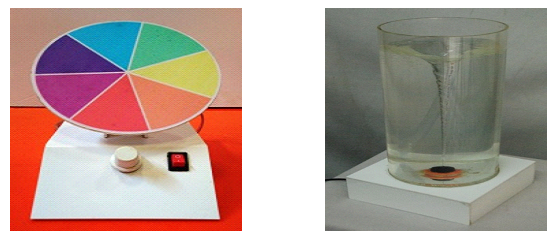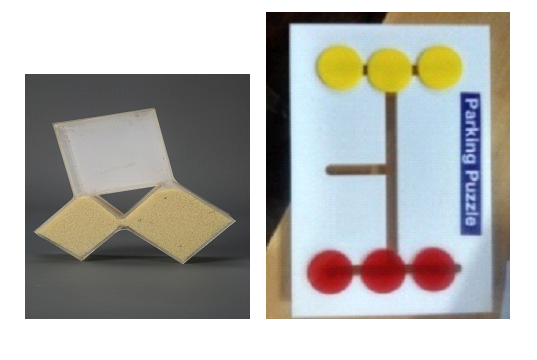Models are human inventions, based on an incomplete understanding of how nature works”.
A model is a representation of an idea, object, event, process or system. Models and modeling play a crucial role in science practice. One justification for their inclusion in science teaching is that they contribute to an ‘authentic’ science education, where teaching reflects the nature of science as much as possible.
Why are STEM models important and useful for students:
Modeling Methodology for Physics Teachers (1998) offers one of the most compelling reasons to use models in an introductory geoscience classroom. “Scientific practice involves the construction, validation and application of scientific models, so science instruction should be designed to engage students in making and using models.”
⦁ STEM Models provide an environment for interactive student engagement. it is important that the learning environment/activity created around a model provide an interactive engagement experience.
⦁ Working with models can enhance systems thinking abilities
⦁ Models and model development are useful for helping students learn quantitative skills such as mathematics.
⦁ Example:- Earth Model that is DAY and NIGHT model through this model we can explain about formation of day and nights, sessions, Earth inclination and Rotation of earth, like understanding different concepts in single model.
⦁ The knowledge gained while using models and the understanding of model can transfers development and implements the new innovations.
How to teach with these models:-
The model as an idea, object, event, process or system. A new model could be introduced in a sequence such as this:
⦁ Introduce the idea that the model is intended to show and find out what ideas students already have about that event or pattern.
⦁ Carry out the modeling activity.
⦁ During the activity or at the end if more appropriate, talk about how the model/modeling activity is ‘like’ what would really be happening and how it is ‘different’.
⦁ The analysis of the model could also include a discussion of how the model shapes a particular view of ‘reality’.
⦁ Return to the ‘big idea’ at the end and let the students explain to you the sense they have made of the activity. Older students could analyses the model for themselves after some practice runs and their comparisons could be used to assess their new learning. Students may continue to need help do this for every new model used.
Types of STEM Models
There are three STEM types of models. They are
⦁ Physical models
⦁ Mathematical models
⦁ Conceptual models
⦁ Physical models:-Models that you can see and touch are called physical models. Physical models show how parts relate to one another. They can also be used to show how things appear when they change position or how they react when outside forces act on them. Examples include a model of the solar system, a globe of the Earth etc.
⦁ Mathematical models: – A mathematical model usually describes a system by a set of variables and a set of equations that establish relationships between the variables. Example (A+B)2= a2+2ab+b2.
⦁ Conceptual models: – Introducing a new topic in class regardless of whether the ultimate goal is to develop the topic qualitatively or quantitatively. For some topics, having students participate in the development and validation of conceptual models to help them understand different physical processes is a worthwhile learning objective.
Examples of STEM models:-


Conclusion: – Models can be conceptual, graphical or mathematical as they are used in science. It allows one to break down a concept into simpler terms with a visual component with the real life application.

About Author: Aquib Amir has a total work experience of 7 months in STEM Learning. He is a STEM Educator.

